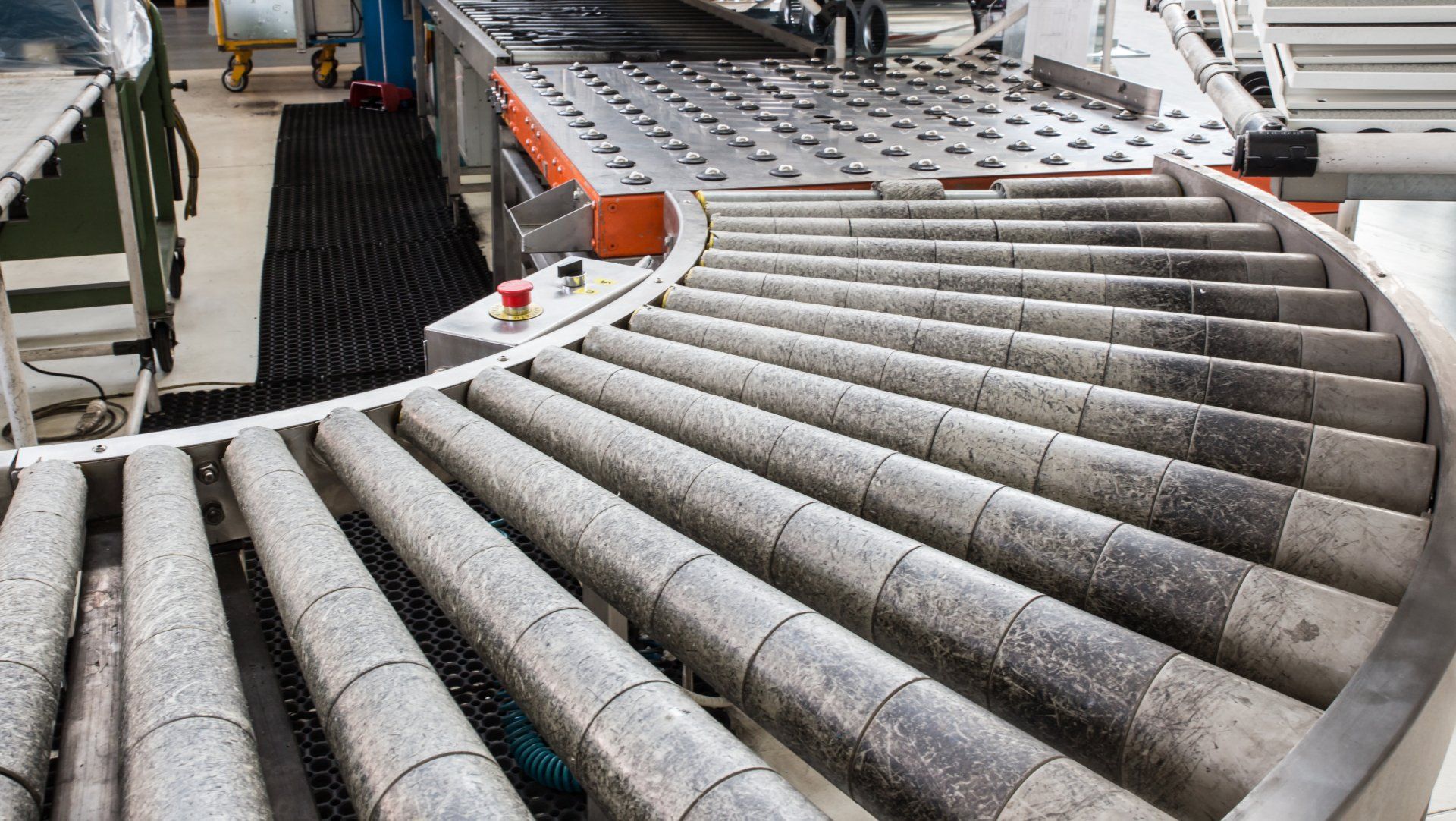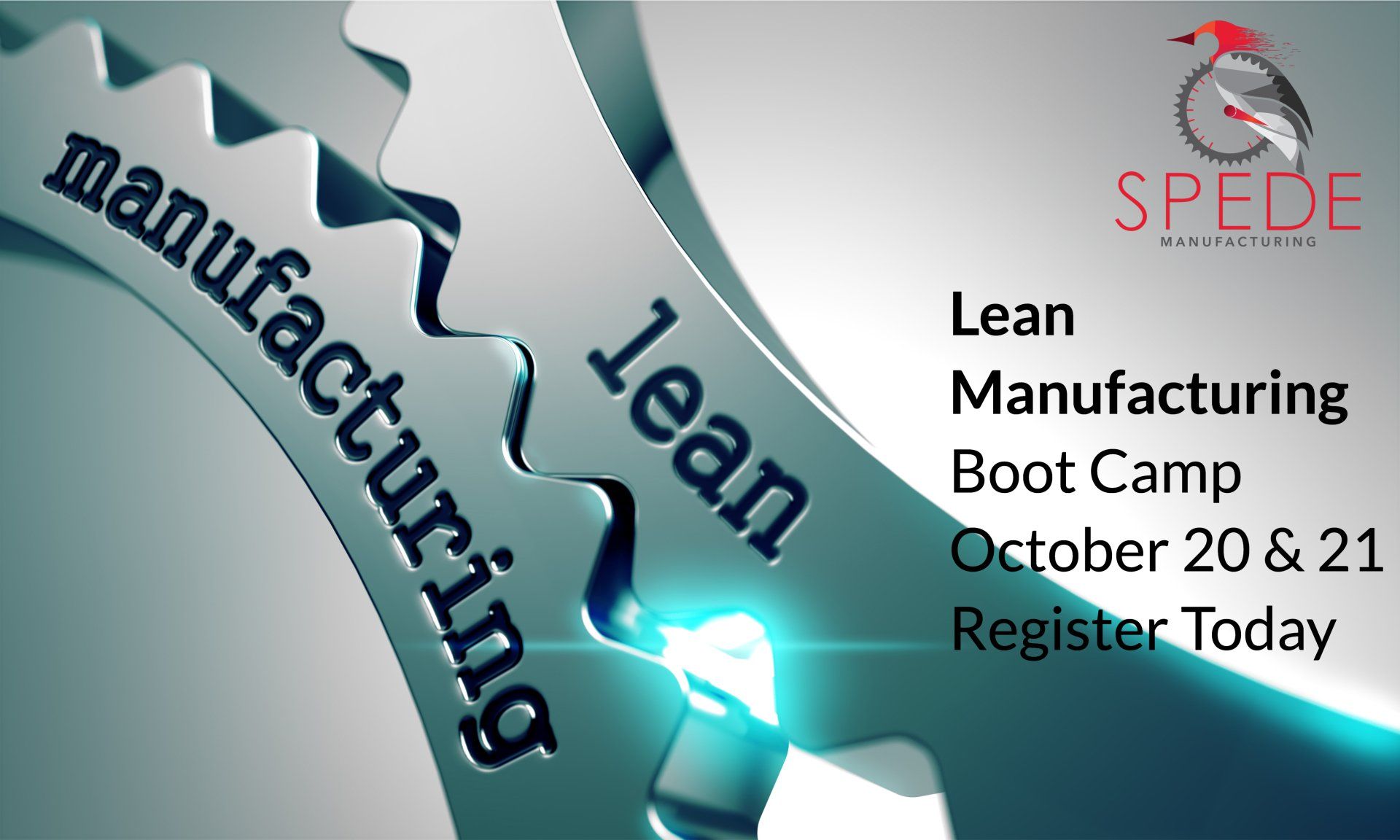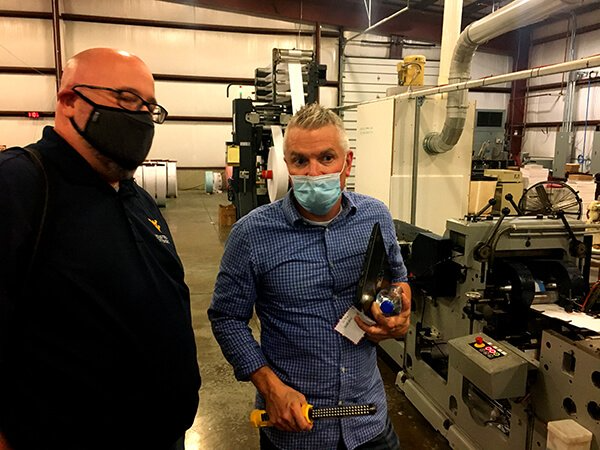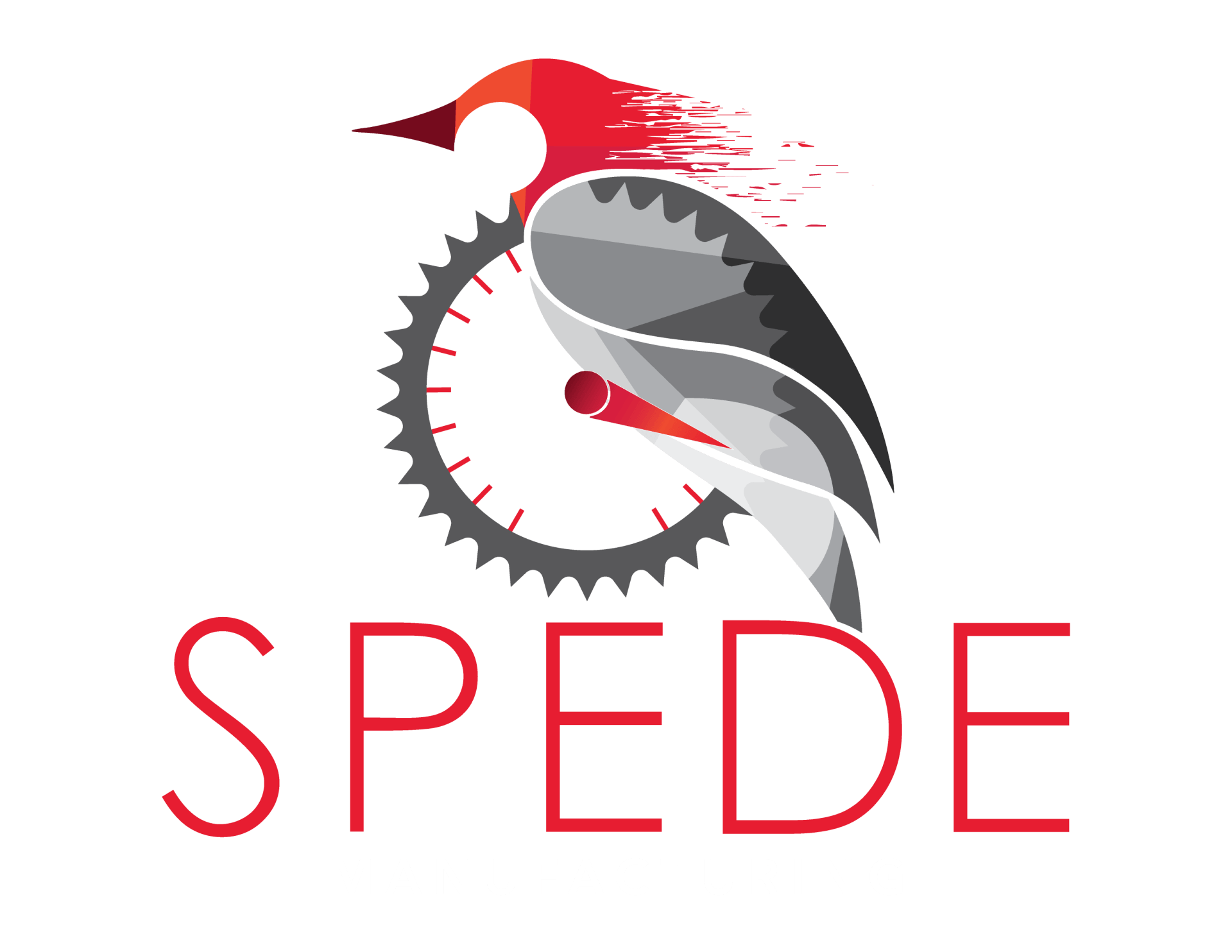Lean Manufacturing / Six Sigma: "Been There, Done That"
Lean Manufacturing / Six Sigma: "Been There, Done That"
By Daniel Timco, LSC-Sensei, CSSBB, CMQ/OE, CQA
VP Product and Process Development at SPEDE Manufacturing
"I've seen all this Lean Manufacturing and Six Sigma stuff before. Over the last 20 years, I've been to classes called Just-In-Time, Flow Manufacturing, and Lean Sigma. We've been there, done that, and it didn't work. These manufacturing 'movements' are cyclical. Managers come and go, and these manufacturing movements come and go with them."
These are some of the comments I've heard from various people at companies I’ve worked for in the past when we started our Lean Manufacturing and Six Sigma efforts. Take a walk through one of the plants, and you may see remnants of past Lean Manufacturing efforts. You may also find a manufacturing cell that has aged somewhat over the years. Posted on the wall, you may see a Value Stream Map or an out-of-date Control Plan. Much of the Lean Manufacturing or Six Sigma that was done in the company is long gone. Little to no continuous improvement was done over the years.
If you've worked for a large company for any length of time, you've probably been part of a Lean Manufacturing or Six Sigma seminar in one form or another. They are ranging from a 1-day crash course to a week-long Kaizen event or Green Belt Training Class. These programs are almost always conducted by an outside consultant who visits your company, does his thing, and leaves as quickly as he came. The concepts are presented at a macro level. The class ends, and people file the class binder on their shelf next to the JIT binder from 2001 and the Kanban manual from 2013.
What does all this mean?
- Are our Lean Manufacturing and Six Sigma programs doomed to failure?
- Have we created a pessimistic culture where people ride the continuous improvement wave hoping it will soon fade away?
- How do companies prevent Lean Manufacturing and Six Sigma from becoming a fad?
- How do we cultivate a lasting “Continuous Improvement” mindset that affects the entire organization?
Here are a few suggestions of strategies that I’ve employed over the years:
Develop Experts Internal to Your Company
Instead of hiring a consultant for a few days, develop people internal to the company who are resident "experts.” These people can take Lean Manufacturing to the next level. This demonstrates the company's commitment to lasting cultural changes. These individuals can be valuable on-site resources for consultation on special projects. It helps to have someone people can go to when questions arise to help guide those trying to develop their Lean Manufacturing and Six Sigma skills. (Look what had happened when these ideas were implemented in the world of Six Sigma with Black Belts and Green Belts). If you don’t currently have internal experts, select highly motivated people to attend training and implement projects based on their training. Develop a relationship with an organization that you can partner with long-term to help develop these experts. If this is something you’d like to do, contact us at SPEDE Manufacturing and we can work out a plan to help your company succeed.
Understand the Difference Between Lean Manufacturing and Six Sigma
Is there a difference? Absolutely! Some consulting companies or “so-called” experts have combined these methodologies over the years to confuse further people who want the understand how to use these programs to improve their business.
Here’s a high-level breakdown:
Lean Manufacturing:
A toolset used to create a continuous flow. Lean Manufacturing helps a company create continuous flow and includes all the tools needed to happen.
Six Sigma:
A toolset used to reduce variation. Six Sigma helps companies reduce variation and includes all the tools to helps reduce defects.
Both Lean and Six Sigma help improve quality and efficiency but in two very distinct and different ways. Understanding when and where to use the right tools makes all the difference. This is a skill that takes a strong commitment to learning and years to develop.
Go Beyond the Basics
Most people have a knowledge of Lean Manufacturing and Six Sigma at the macro level. But, when you get into the details of implementing these practices, the concepts can be confusing. How do I know which tools to use? When do I use them? You need to go beyond the basics and get down to details.
From a Lean perspective, teach people how to:
- Develop work cells
- Implement 1-piece flow
- Line balance
- Calculate and setup kanbans
- Implement poka-yoke
- Etc.
From a Six Sigma perspective, teach people how to:
- Use quality tools
- Identify inputs and outputs
- Do experimentation
- Develop control plans
- Etc.
If your company does not have the expertise to train people, SPEDE can help with this. Let us know, and we can work with you on a plan to help you start people on the path to becoming experts.
Provide Consistent Management Support and Reward Successes
Managers must lead by example and show everyone that Lean Manufacturing and Six Sigma are here to stay. When successes occur, reward them. These actions communicate the company's long-term commitment to continuous improvement.
Use Software and Equipment to Facilitate Lean and Six Sigma Principles
As Lean Manufacturing and Six Sigma’s popularity grows, more and more tools become available to facilitate these concepts. Some software and equipment naturally encourages Lean and Six Sigma and prevents wasteful, defect-prone actions and processes.
Examples of these principles are:
- Workbenches where product is built on moving carts (or pallets) that limit work-in-process and encourage 1-piece flow
- Small work surfaces that limit space for unwanted sub-assemblies or clutter which encourages 5 S's
- Flow racks that enable first in, first out (FIFO)
- Software to monitor critical-to-quality metrics
- Sensors to identify defects before they happen
These examples are an excellent way to help perpetuate Lean Manufacturing and Six Sigma on the shop floor, even with employees’ high turnover. There is no substitute for continuous incremental improvements and training, but these tools can help.
Get People Involved
The best way to help ingrain these ideas in people is to get them involved. Training is good, but people tend to forget unless the tools are used. Encourage people to find a project and use what they've learned.
Create Buy-In
When initiating a Lean Manufacturing or Six Sigma project, select a team that includes manufacturing engineers, design engineers, engineering managers, manufacturing supervisors, operators, purchasing, etc. Not everyone has to be involved in every meeting, but updates on the project's progress should be sent to as many people as possible. In this way, everyone is aware of and involved in the changes, often radically different from what people are used to. Buy-in is created, and lasting success is more probable.
Summary
History has proved that Lean Manufacturing and Six Sigma are here to stay. The companies that embrace these concepts are more likely to succeed long-term. The question is, "Will your company embrace Lean Manufacturing and Six Sigma and make them a permanent company strategy and ultimately a way of life?" The answer to this question will determine whether your company will survive in the ever more competitive and volatile manufacturing world that we live in.
About the Author
Daniel Timco is the Vice President of Product and Process Development at SPEDE Manufacturing. He has spent most of his career involved in Lean Manufacturing, Six Sigma, Design for Six Sigma, and Operational Excellence and has developed and taught various courses on the subject. He has helped several companies create a continuous improvement culture and led organizations to save millions of dollars.
SPEDE Manufacturing is a leading contract manufacturer of mechanical and electrical parts assembly with team members working together to bring innovative product solutions to market every day. We have two production and assembly facilities that enable us to scale with production volumes. SPEDE Manufacturing (SPEDE) differentiates itself from other contract manufacturers by using industry “best practices” like Lean Manufacturing, Six Sigma, and Value Engineering to help our clients go from something that works to a best-in-class manufacturing operation. It’s all part of the package when SPEDE engages with companies to do their contract manufacturing.
Contact SPEDE today, and let’s get started.
dan.timco@spedemanufacturing.com




